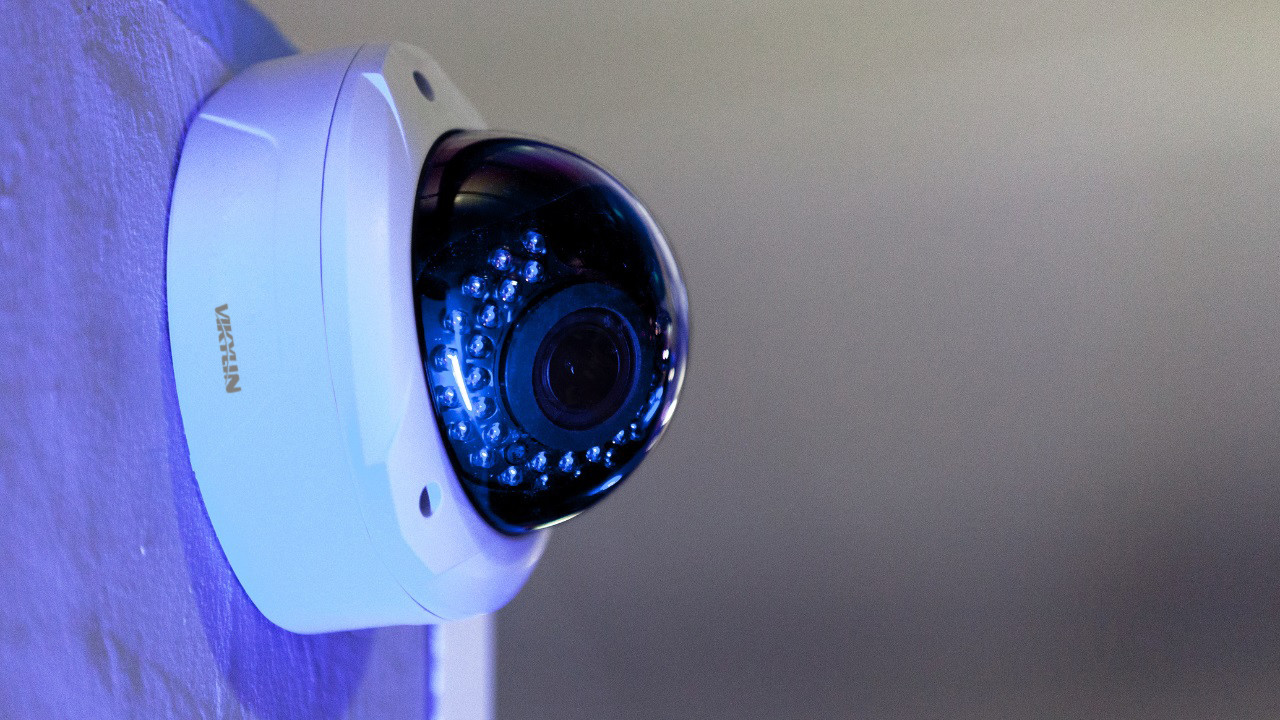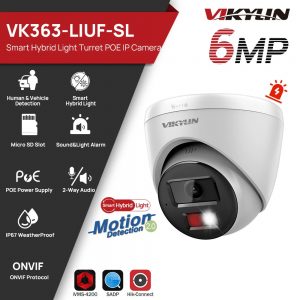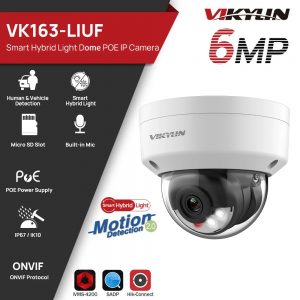In today’s world, where security is a prime concern, Installing surveillance cameras is no longer a luxury but a necessity. With advancements in technology, night vision surveillance cameras have become increasingly popular. These cameras offer round-the-clock surveillance, providing a sense of security and peace of mind. In this guide, we’ll delve into the world of outdoor night vision surveillance cameras, exploring their benefits, features, and how to choose the best one for your needs.

Understanding Night Vision Technology
Night vision technology has come a long way since its inception. Initially developed for military applications, it has now found its way into consumer-grade products, including night vision camera outdoor. There are primarily two types of night vision technology used in these cameras: infrared (IR) and low-light imaging.
Infrared (IR) Night Vision
IR night vision cameras use infrared light to illuminate the area in front of the camera. These cameras have built-in IR LEDs that emit infrared light, which is invisible to the human eye but is detected by the camera’s sensor. This allows the camera to capture clear images even in complete darkness.
Low-Light Imaging
Low-light imaging cameras are equipped with sensors that are highly sensitive to light. They can capture and amplify even the smallest amount of available light, allowing for clear footage in low-light conditions. While not as effective as IR night vision in complete darkness, low-light imaging cameras perform exceptionally well in environments with some ambient light.
Key Features to Look For:
When choosing a surveillance camera outdoor night vision, several key features should be considered:
- Resolution: Opt for cameras with high-resolution sensors for clear and detailed footage, even in low-light conditions.
- Range: Consider the range of the camera’s night vision capability. Some cameras can illuminate areas up to 100ft away, providing extensive coverage.
- Weather Resistance: Ensure that the camera is weatherproof and built to withstand harsh outdoor conditions, including rain, snow, and extreme temperatures.
- Motion Detection: Look for motion detection cameras which can alert you to any suspicious activity detected within the camera’s field of view.
- Remote Viewing: Choose cameras that offer remote viewing via smartphone APPs or web browsers, allowing you to monitor your property from anywhere with an internet connection.
- Installation and Placement: Proper installation and placement of outdoor cameras are crucial for optimal performance.
Here are some tips to keep in mind:
- Height: Mount the night vision surveillance cameras at a height that provides a clear view of the area you want to monitor while keeping it out of reach from potential tampering.
- Angle: Position the camera at a downward angle to capture activity on the ground rather than the sky.
- Lighting: Avoid placing the camera directly facing sources of bright light, as this can wash out the image or create glare.
- Coverage: Strategically place cameras to cover vulnerable areas such as entry points, driveways, and outdoor valuables.
Conclusion
Night vision CCTV camera outdoor security offer an effective solution for enhancing the security of your property, providing round-the-clock surveillance even in the darkest of conditions. By understanding the technology behind these cameras and considering key features such as resolution, range, and weather resistance, you can choose the best camera to suit your security needs.





